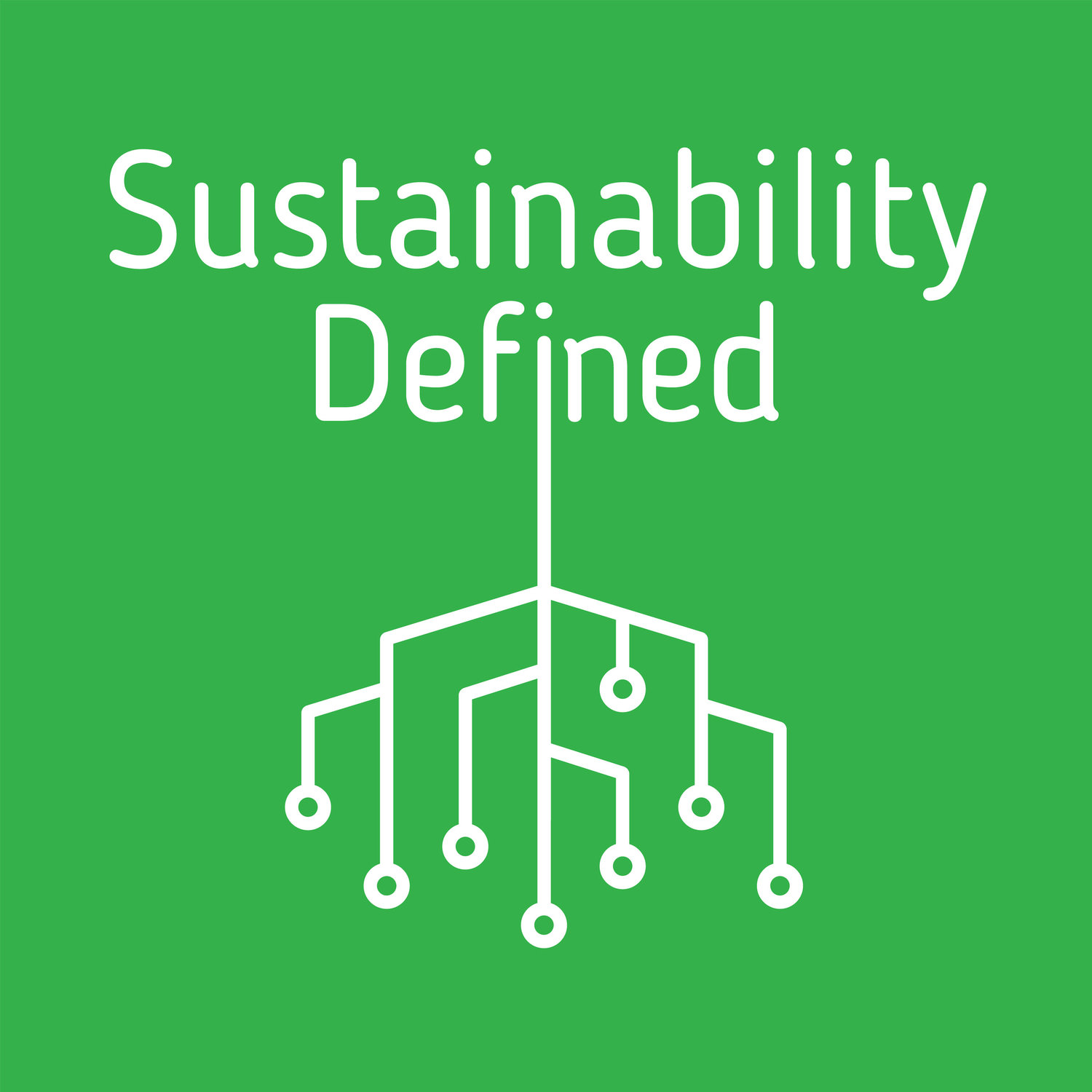Episode 5: Green Schools with Josh Lasky (US Green Building Council)
Learn more about environmental awareness here!
Episode Intro Notes
What We'll CoveR
- Background on American school expenditures
- What is a Green School?
- About the Center for Green Schools
Background on American School Expenditures (1)
In 2015, about 40% of total U.S. energy consumption was consumed in residential and commercial buildings.
The scale of U.S. public K–12 school facilities is staggering: every school day, nearly 50 million students and 6 million adults are in close to 100,000 buildings, encompassing an estimated 7.5 billion gross square feet and 2 million acres of land. In other words, more than one-sixth of the entire U.S. population is inside K-12 school buildings each weekday. In fact, at 24 % of total state and local capital outlay between 1995 and 2012, state and local governments invest more capital in K–12 public school facilities than in any other infrastructure sector outside of highways.
One green roof installed on an existing school in New York City, for example, resulted in a reduction in storm water runoff of 450,000 gallons a year, both protecting the city’s water treatment systems and promoting wildlife habitats (5).
A National Center for Education Statistics found, 53 percent of public schools needed to spend money on repairs, renovations, and modernizations to put the school’s onsite buildings in good overall condition. $145 billion needed per year to maintain, operate, and renew facilities so that they provide healthy and safe 21st century learning environments for all children (6).
Over the past three years (2011-13), the combined spending and investment on maintenance and operations as well as new infrastructure totaled nearly $99 billion per year. That’s quite a ways off from the $145 billion needed (6).
So where is the money that is currently being spent coming from? On average, school funding comes from a combination of three sources: 45% local money, 45% property taxes, and 10% federal. Normally states make up for the inequities with funding but with capital costs specifically, there are discrepancies by state. While five states pay for nearly all their districts’ capital costs, 12 states provide no direct support to districts for capital construction responsibilities. In the remaining 33 states, the levels of state support vary greatly. The federal government contributes almost nothing to capital construction to help alleviate disparities (7).
Research shows that high-quality facilities help improve student achievement, reduce truancy and suspensions, improve staff satisfaction and retention, and raise property values.
What is a Green School?
There are three pillars that constitute a Green School (4,8). They include:
- Zero environmental footprint (including energy, water, waste, and carbon)
- A positive impact on occupant health and performance
- 100% of graduates demonstrating environmental literacy
In 2011, the U.S. Department of Education launched its Green Ribbon Schools award program by asking schools, colleges and universities to show their progress toward these pillars.
USGBC's Center for Green Schools, just like us, is on a mission to define what sustainability means within the context of green schools. They have a great "Whole School Sustainability Report" that provides a great framework for us across the following elements.
Organizational Culture
Example: The Poudre School in Colorado
In 2000, when preparing to build several new schools, Poudre School District (PSD) established a Green Team, including staff from across facilities departments. The district learned that their goals for sustainability were best achieved when initiatives were implemented by cross-cutting teams. For example, in 2012, the district began a new milk carton recycling program. The Resource Manager coordinated with custodians and cafeteria staff as well as teachers and students to ensure that cartons were disposed of according to the waste collector’s detailed requirements.
Physical Space
Engaging & Active Design
Example: Gloria Marshall Elementary School in Spring, TX
“The design team made the sustainable features visible for the school and provided ways for students to engage with or manipulate the features. Students can view the rainwater being captured in the cistern and help regulate the water level of the eco-pond. The Discovery Center allows students to monitor the energy and water use of the building. Life-size thermometers, world maps with time zones, worm boxes, and sundials all can be operated by students.”
Educational Program
Student Powered
Example: Sacramento City Unified School District
Sacramento City Unified School District (SCUSD) kicked off Project Green in 2011, an effort aimed to bring community participation into facilities decisions. Using reallocated funds and more recent bond funding, the school board called for school improvements that would be based on student suggestions. The inaugural fifteen student teams were guided by their teachers and by the district’s Center for Green Schools, through an in-depth green audit of their school. Students researched the most impactful solutions and educated each other about what could be done at their school.
About the Center for Green SChools (8)
The Center for Green Schools provides leadership trainings, conferences, continuing education opportunities, and strategic guidance for schools, districts and institutions. Green Apple Initiative is the action arm of the Center for Green Schools (3). It also hosts other programs like Green School Fellowship, scholarships for school districts.
One of our favorite events of theirs is the Green Apple Day of Service. It gives community members, teachers, students, companies and local organizations the opportunity to transform all schools into healthy, safe and productive learning environments through local service projects. Since 2012, more than 675,000 volunteers have participated around the world to make our schools healthier, more sustainable places to learn.
We also love their Learning Lab, which is the "premier platform for sustainability curriculum for k-12 teachers”. Here you can filter by grade level, learning method, skills, and themes. It offers teaching lessons, resources to complement existing lessons, project ideas, or ways to explore something new - in both English and Spanish!
Sources Cited:
http://www.centerforgreenschools.org/green-schools-and-campuses-where-we-learn-matters
http://www.npr.org/2016/04/18/474256366/why-americas-schools-have-a-money-problem.




